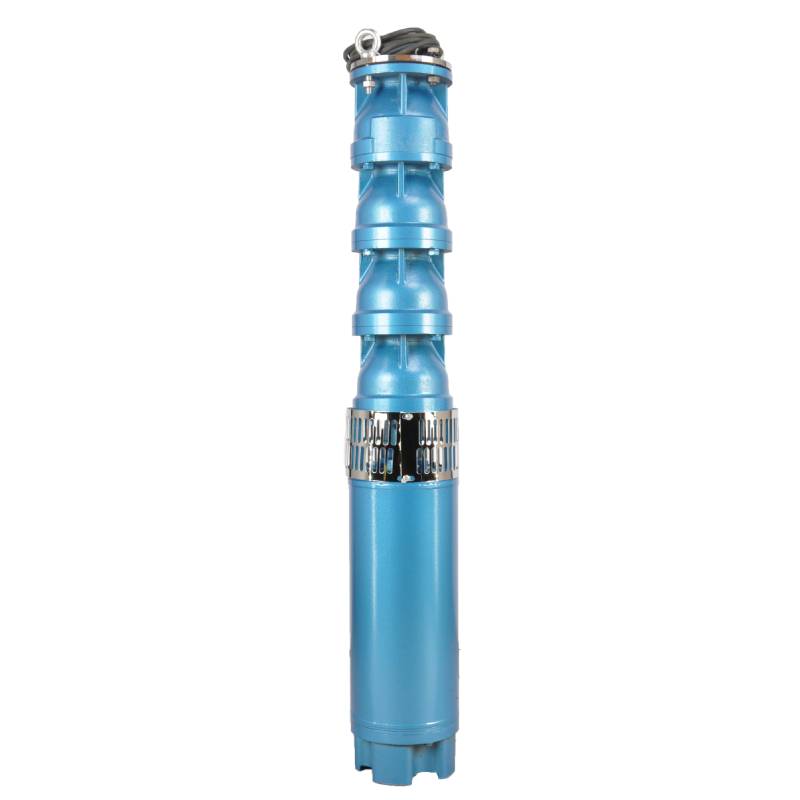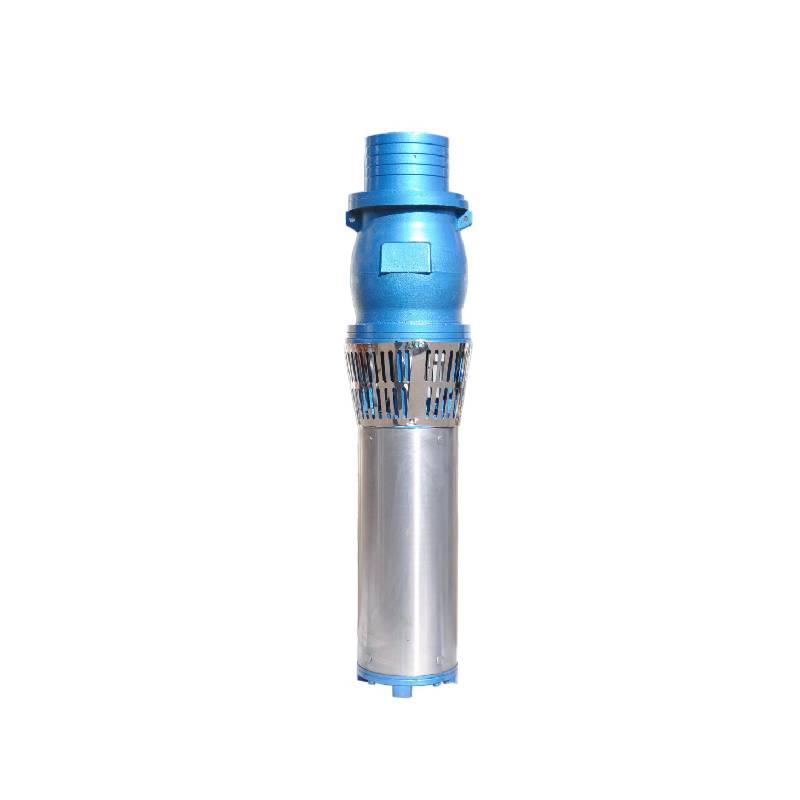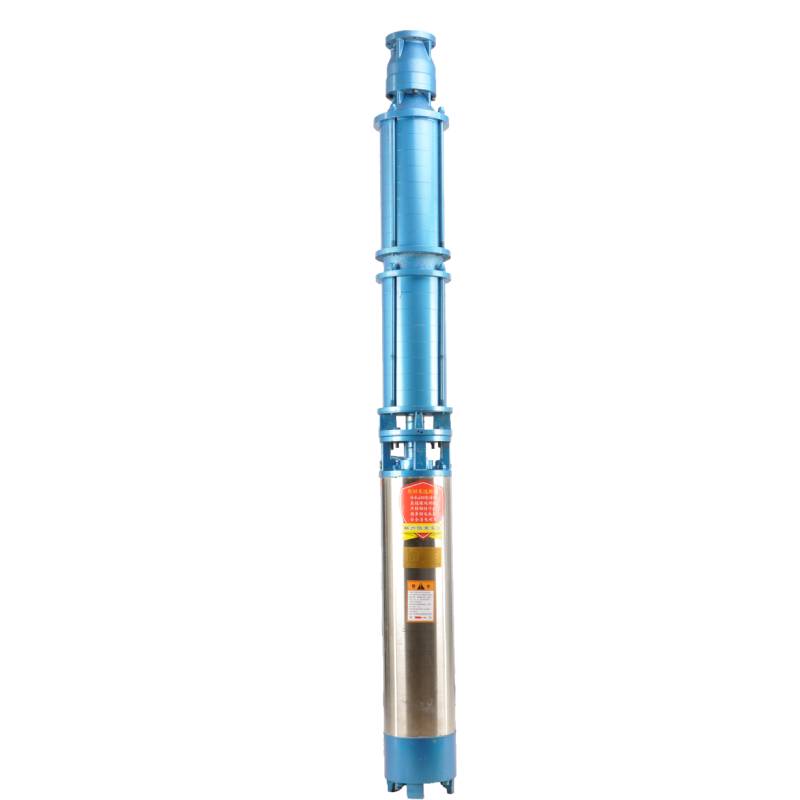9 月 . 06, 2024 14:56 Back to list
Exploring Stainless Steel Submersible Pumps
When selecting a submersible pump, the material and design of the pump components play a critical role in its performance and longevity. Stainless steel submersible pumps are known for their durability and efficiency, making them a popular choice for various applications. This guide delves into the specifics of stainless steel submersible pumps, including their pricing and the role of submersible pump plastic impellers.
Why Choose a Stainless Steel Submersible Pump?
Stainless steel submersible pumps are renowned for their robust construction and reliable performance. Here are some reasons why they are often preferred:
Corrosion Resistance: Stainless steel is highly resistant to rust and corrosion, making these pumps ideal for use in harsh environments where water quality can vary. This resistance extends the lifespan of the pump and reduces maintenance needs.
Durability: The strength of stainless steel ensures that these pumps can withstand physical stress, including high pressures and extreme temperatures. This makes them suitable for demanding applications, such as deep wells and industrial processes.
Efficiency: Stainless steel submersible pumps are designed to operate efficiently at various depths. They typically have high flow rates and can handle significant water volumes with minimal energy consumption.
Hygiene: For applications where water quality is crucial, such as drinking water systems, stainless steel pumps are advantageous due to their non-reactive nature and ease of cleaning.
Understanding Stainless Steel Submersible Pump Price
The stainless steel submersible pump price can vary based on several factors:
Pump Size and Capacity:
- Larger pumps designed for higher flow rates or greater depths generally cost more. The price increases with the pump’s capacity and size.
Material Quality:
- While all stainless steel pumps offer good resistance to corrosion, pumps made from higher grades of stainless steel, such as 316 stainless steel, can be more expensive but offer superior durability and resistance to aggressive chemicals.
Motor Power:
- Pumps with higher horsepower motors will have a higher price tag. Ensure that the motor power matches the needs of your application to avoid overspending.
Brand and Manufacturer:
- Reputable brands often command higher prices due to their established reliability and support. Investing in a well-known brand can provide better quality and service.
Additional Features:
- Features such as energy efficiency, variable speed drives, and advanced control systems can impact the price. Evaluate whether these features are necessary for your specific needs.
The Role of Plastic Impellers in Submersible Pumps
Plastic impellers are commonly used in various types of submersible pumps, including those made from stainless steel. Here’s what you need to know about plastic impellers:
Material Benefits:
- Plastic impellers are lighter than metal counterparts and can be more cost-effective. They are resistant to corrosion and chemicals, which makes them suitable for certain applications.
Performance:
- While plastic impellers are durable and efficient in many applications, they may not handle high temperatures or pressures as well as metal impellers. In applications where high pressure and temperature are involved, stainless steel impellers might be more appropriate.
Applications:
- Plastic impellers are often used in applications where the water or fluid is less abrasive and where cost considerations are important. They are common in residential and light commercial pumps.
Maintenance:
- Plastic impellers can be easier to replace and maintain compared to metal ones, which can be an advantage in some scenarios.
Stainless steel submersible pumps offer significant benefits in terms of durability, efficiency, and corrosion resistance, making them a strong choice for demanding applications. Understanding the factors that affect the stainless steel submersible pump price—including size, material quality, motor power, and additional features—can help you make a well-informed decision.
In addition, the use of plastic impellers in some submersible pumps provides a cost-effective and corrosion-resistant option, though they may not be suitable for all high-pressure or high-temperature applications.
By considering these factors and understanding the role of various components, you can select a pump that best meets your needs, ensuring reliable and efficient performance for your water management tasks.
-
Your Guide to Deep Well Pumps
NewsOct.31,2024
-
Why Choose a Stainless Steel Deep Well Pump?
NewsOct.31,2024
-
Understanding Water-Filled Submersible Pumps
NewsOct.31,2024
-
Understanding SS Submersible Pumps
NewsOct.31,2024
-
Reliable Submersible Well Pumps for Your Water Supply Needs
NewsOct.31,2024
-
Choosing the Right Submersible Pump for Your Water Management Needs
NewsOct.31,2024
-
 Understanding Water-Filled Submersible PumpsWhen it comes to selecting the right pump for your water management needs, understanding the different types available is crucial.Detail
Understanding Water-Filled Submersible PumpsWhen it comes to selecting the right pump for your water management needs, understanding the different types available is crucial.Detail -
 Guide to Installing a Deep Well Submersible PumpWhen dealing with deep wells, a deep well submersible pump is often the most effective solution for extracting water from significant depths.Detail
Guide to Installing a Deep Well Submersible PumpWhen dealing with deep wells, a deep well submersible pump is often the most effective solution for extracting water from significant depths.Detail -
 Finding the Right Submersible PumpWhen seeking an efficient solution for pumping water from deep wells, sumps, or other applications, the submersible pump is a leading choice.Detail
Finding the Right Submersible PumpWhen seeking an efficient solution for pumping water from deep wells, sumps, or other applications, the submersible pump is a leading choice.Detail
